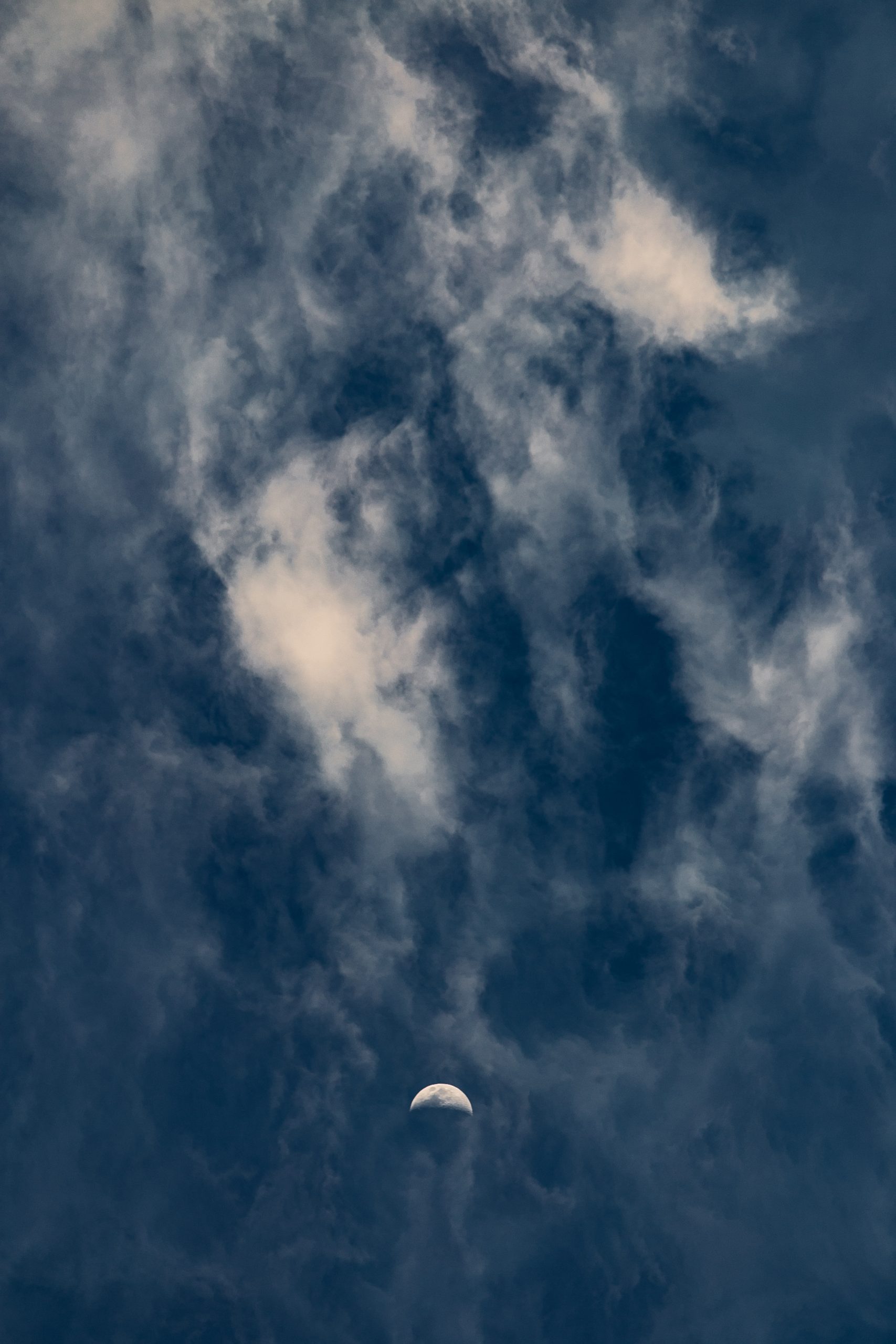Full Moon 2022 Schedule: Mark Your Calendars!
There’s something magical about gazing up at a full moon illuminating the night sky. Whether you’re a stargazer, a nature lover, or simply appreciate the beauty of the celestial events, knowing the full moon schedule for the upcoming year can help you plan your lunar adventures. In this article, we’ll dive into the full moon schedule for 2022, providing you with all the information you need to enjoy these mesmerizing lunar events.
Table of Contents
- Introduction
- Understanding the Full Moon
- Full Moon Schedule for 2022
- Best Places to View the Full Moon
- Moon Myths and Superstitions
- Final Thoughts
Understanding the Full Moon
A full moon occurs when the Earth is positioned between the sun and the moon, causing the moon to reflect the sun’s light fully. It happens approximately once every 29.5 days, leading to different phases of the moon visible from Earth. The brightness and beauty of the full moon have captivated humans for centuries, influencing mythology, rituals, and even agricultural practices.
Many people believe that the full moon affects human behavior and emotions, leading to increased energy and heightened emotions. However, scientific studies have not found significant evidence to support these claims. While some anecdotes and traditions connect the full moon to various phenomena, it’s important to approach them with a critical mindset.
Full Moon Schedule for 2022
Now, let’s dive into the eagerly awaited full moon schedule for 2022. Keep in mind that the dates and times mentioned below may vary slightly depending on your location.
| Date | Full Moon Name | Significance |
|---|---|---|
| Jan 17 | Wolf Moon | Native American tradition |
| Feb 16 | Snow Moon | Cold winter month |
| Mar 18 | Worm Moon | Spring awakening |
| Apr 16 | Pink Moon | Flowering season |
| May 15 | Flower Moon | Abundance of flowers |
| Jun 14 | Strawberry Moon | Strawberry picking time |
| Jul 13 | Buck Moon | Male deer’s antlers in growth |
| Aug 12 | Sturgeon Moon | Plentiful sturgeon fishing |
| Sep 10 | Corn Moon | Corn harvest season |
| Oct 9 | Harvest Moon | Brightest moonlight for harvesting |
| Nov 8 | Beaver Moon | Beavers build their winter dams |
| Dec 7 | Cold Moon | Cold winter month |
Each full moon has a name associated with various cultural or natural events that occur during that time of the year. For example, the Flower Moon represents the abundance of flowers in May, while the Harvest Moon provides the brightest moonlight for harvesting in October.
It’s worth noting that this is a general schedule, and some regions may have different names or traditions associated with the full moons. Checking with local sources can provide more specific and culturally relevant information for your area.
Best Places to View the Full Moon
While you can enjoy the full moon from anywhere that provides a clear view of the sky, certain locations offer breathtaking backdrops for your lunar viewing experience. Here are a few recommendations:
- Watch the full moon rise over the ocean from a beach.
- Head to a mountaintop for an elevated view of the moonlit landscape.
- Embark on a camping trip to a secluded spot away from city lights.
- Visit a national park or nature reserve known for its scenic beauty.
Remember to check the weather and moonrise times to ensure the best visibility. If you’re planning to capture stunning photographs, consider bringing a tripod for stability and adjusting your camera settings to capture the moon’s details.
Moon Myths and Superstitions
Throughout history and across different cultures, the full moon has been associated with various myths and superstitions. Some people believe that it affects human behavior, causing restlessness and sleepless nights. Others link it to supernatural occurrences or use it as a reference point for astrological practices.
One intriguing belief is the idea that a full moon can induce transformation or shape-shifting. This concept has been popularized in folklore and has even made its way into modern literature and movies. While such claims make for fascinating stories, they remain firmly in the realm of myth and imagination.
If you’re interested in exploring moon-related myths and superstitions, it’s important to approach them with an open mind and critical thinking. Separate fact from fiction and enjoy the cultural richness and diversity of human storytelling.
Final Thoughts
The full moon is a captivating and mesmerizing celestial event that has fascinated humanity for ages. It provides us with an opportunity to connect with nature, observe the wonders of the universe, and appreciate our place in the cosmos.
By knowing the full moon schedule for 2022 and understanding the associated names and significance, you can plan your lunar adventures and create unforgettable memories. So mark your calendars, gather your loved ones, and embark on a journey beneath the enchanting glow of the full moon.
Remember to respect both natural and cultural environments, and always embrace the sense of awe and wonder that the full moon inspires.
Table of Contents
